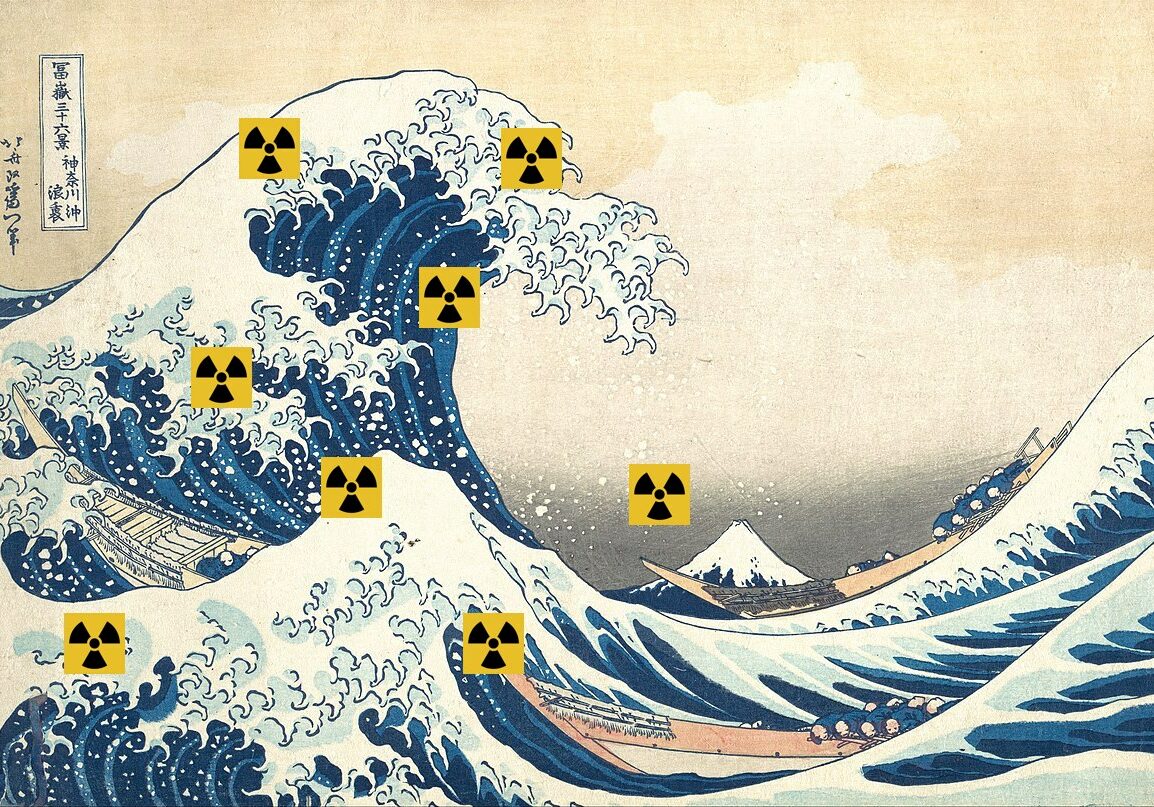Marine expert disses dumping

According to marine expert Ken Buesseler, senior scientist at Woods Hole Oceanographic Institution, Japan and TEPCO have “been only partially successful and only partially transparent” as they begin dumping some 350 million gallons of radioactive water into the Pacific Ocean. The water was contaminated by direct contact with the melted radioactive cores of the ruined Fukushima nuclear reactors that it was used to cool. The water is now being stored in more than 1,000 tanks on-site.
Buesseler is worried that the public and scientists aren’t being told just how radioactive the water is because not all of the data from all of the tanks has been released. There is not enough information publicly available to say the water is safe. Only 40% of the tanks have been analyzed and not for all isotopes. Of course, there is no safe dose of radiation.
While Buesseler says he’s not concerned about the tritium contamination, he is worried that some other radioactive contamination could build up over time close to shore. He doesn’t think the releases will endanger the whole Pacific, but he’s concerned about the precedent this sets for other nations: that polluting the ocean with radioactivity is allowed. Dilution is the solution doesn’t work in this case, and there will be many decades of wastewater releases. Tritium contamination, however, is a worry.
Buesseler consults with Island Nations that have suffered historic radioactive pollution and exposure from above ground atomic testing and don’t want further risk. “There are ways to do this without setting the precedent of putting waste in the ocean,” Buesseler states.
Support Beyond Nuclear
Help to ensure a safer, greener and more just world for all

